Enhancing Steel intensity in Rural region of the society and move towards Green Steel or Low Carbon Steel manufacturing will make India a Manufacturing Hub, said Minister of State for Steel and Rural Development, Faggan Singh Kulaste at the Inaugural Session of the Global Steel Summit 2021 organised by CII in association with Ministry of Steel.
‘’While there is a positive trend in rural India’s consumption increasing to 21.5 kg per capita in 2020-21, compared to 19 kg per capita in 2019-20, this is still much below the national average. To promote steel consumption in rural regions, people should be informed about the usage of steel and its life cycle costs, so that they are encouraged to use it,’’ he added.
Initiatives of the Government
The government is developing a long-term action plan and policies. Many targets have been set in the National Steel Policy 2017 vision to expand India’s steel production capacity to 300 million tonnes by 2030-31, per capita steel consumption to 160 kg, and reduce greenhouse gas emissions. For this in the last two years, the Ministry of Steel has organized several seminars, conferences, webinars with stakeholders such as the Ministry of Railways, Rural Development, Petroleum, Urban Development to maintain and increase the continuity of demand.
Steel production will increase, and capacity expansion will happen only when demand increases. The government has set a target of outlay of more than 111 lakh crores in National Infrastructure Pipeline (NIP) by 2024-25, which will increase the demand for steel as well as reduce the cost of production of steel. The slurry pipeline will have an outlay of more than 25,000 crores. This will also make the transportation of iron ore pollution free and cheap.
Dr. Edwin Basson, Director General of the WorldSteel Association, remarked at the Inaugural that the steel sector can support and meet the 1.5°C objective set out in Paris in 2015. There will be three stages to this. In the beginning, Phase 1 will have to rely on increased efficiency in the production and use of steel.
Phase two, which is expected to accelerate by the end of this decade, will benefit from increased scrap supplies in China and other rising economies. This will allow a greater proportion of worldwide manufacturing to be made from recycled scrap, lowering the industry’s average CO2 intensity. In the third phase, the emphasis will be on employing hydrogen and novel production methods to further lower industry’s CO2 intensity.
Ms. Soma Mondal, Chairman of SAIL, stated during the Summit that India is well positioned to become a global steel hub in the near future. Most steels, whether for basic or high-end applications, are now available domestically as the steel industry expands capacity and capability to meet predicted demand. With the recently announced PLI scheme, some gaps, mostly in specialty steel, should be filled in the next few years.
Increased availability of all types of steel will create new downstream creating more opportunities . India is already among the top few countries in the world in terms of renewable energy capacity, and it is rapidly growing. Businesses from all over the world would be able to balance their worldwide carbon footprints by investing in India.
This is feasible as India begins on its next economic trajectory, fueled by the government’s focus on long-term infrastructure development. Steel consumption in the country is expected to see a quantum jump.
What is Green Steel?
The iron and steel industry in India is the greatest single energy consumer and CO2 emitter in the industrial sector, it is imperative that the steel industry shift to “Green Steel” or “Low Carbon Steel” manufacturing to combat climate change. To minimise the steel industry’s reliance on coal, the government is working on projects such as coal gasification and the National Hydrogen Mission. This will not only reduce the steel industry’s reliance on coal, but it will also aid in the reduction of greenhouse gas emissions.

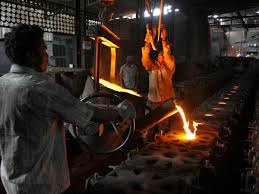


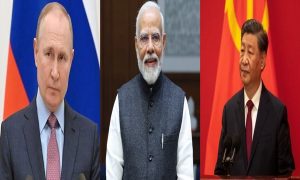













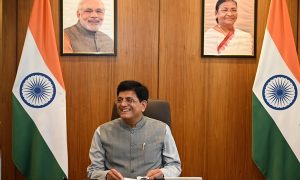

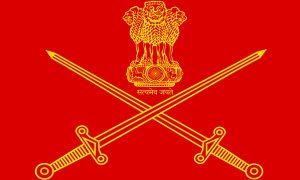

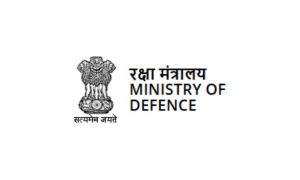



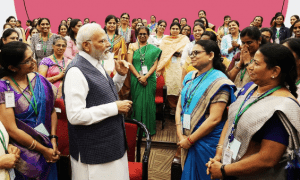

 WhatsApp us
WhatsApp us